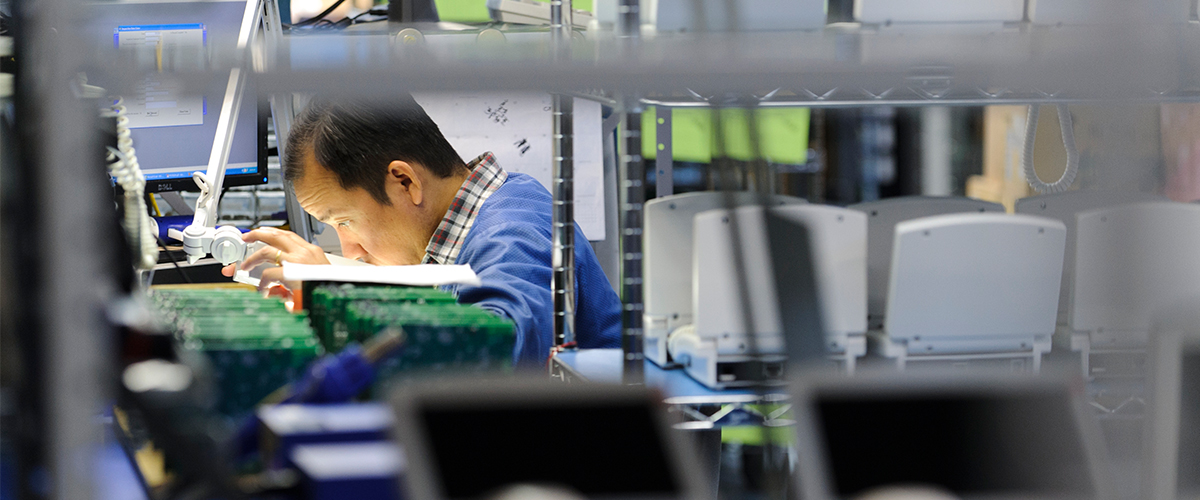
In the field of manufacturing, very often the brains behind creative new concepts find themselves at odds with the operators of the machines that must produce the finished object. In the 1980s, “design for manufacturability” emerged, a new paradigm in which engineers sought to educate designers about manufacturing processes. However, this new approach had the unwanted effect of stifling creativity.
“Manufacturing engineers are conservative,” says Min, who in fall 2015 joined UW-Madison as a professor in the Department of Mechanical Engineering and in the Grainger Institute for Engineering. “They don’t want to invest capital in changing machinery to embrace new techniques because they are constantly under pressure to reduce costs.”
Min wants to break this cycle by advancing a new theory of concept-creation called “manufacturing for design.” Rather than revising a concept due to manufacturing hurdles, engineers should work together to overcome traditional challenges standing in the way.
Min aspires to bring together experts across range of manufacturing processes to attack any problems from multiple angles to produce truly innovative designs. The applications of manufacturing for design range from high-performance consumer products to scientific instruments.
“Wisconsin is the only place I’d be able to do this kind of work,” Min says. “It requires a huge amount of collaborative effort, not just one professor driving research.”
With the support of the Grainger Institute and the entire engineering college as resources, Min hopes to explore unprecedented frontiers in manufacturing. He doesn’t merely hope to push the envelope, he wants to refold the envelope into an innovative, unorthodox, entirely new shape.
